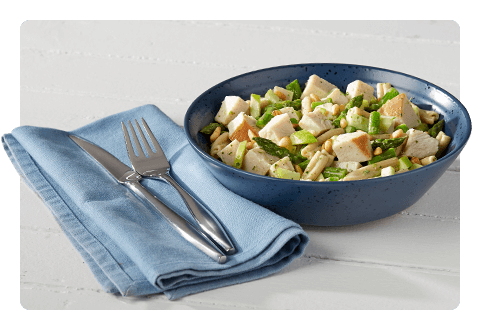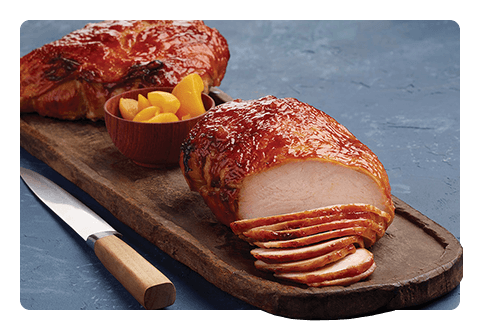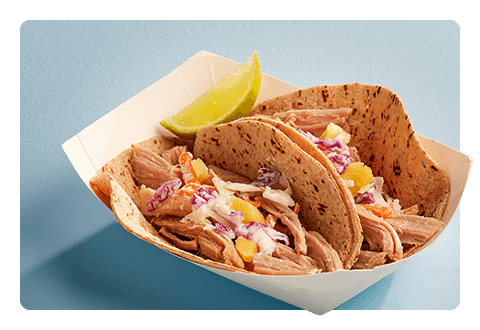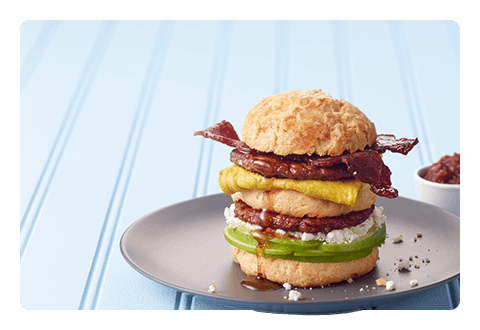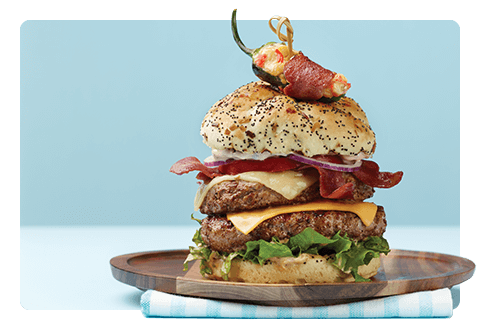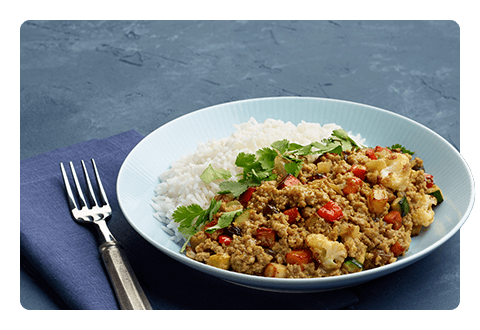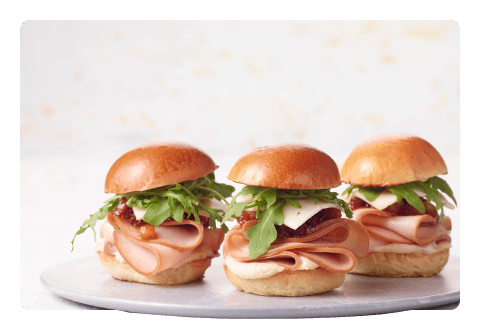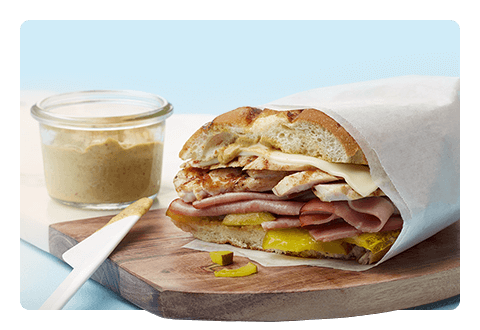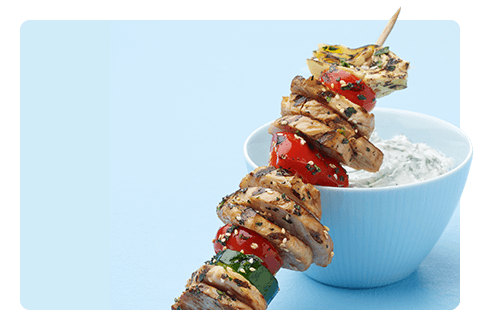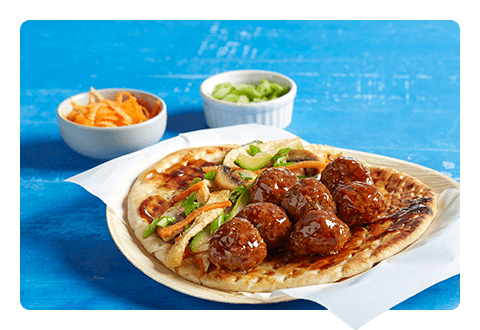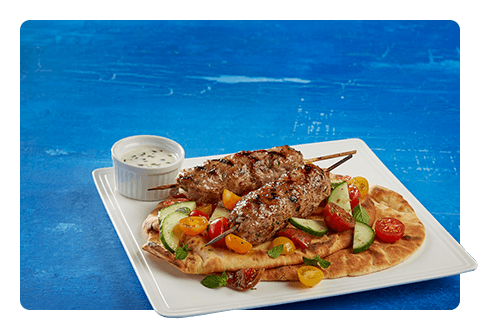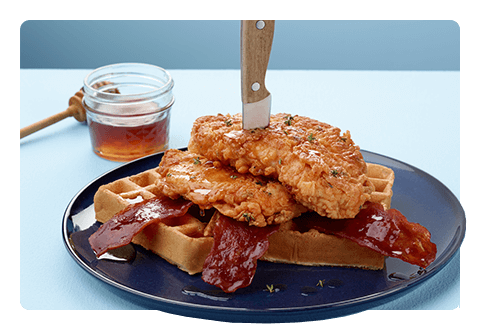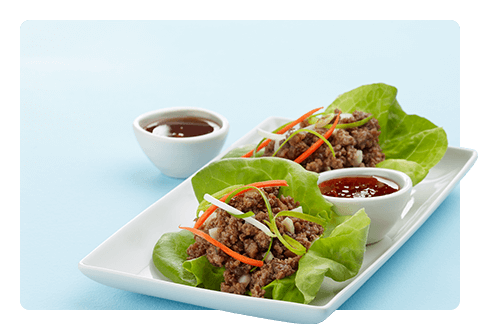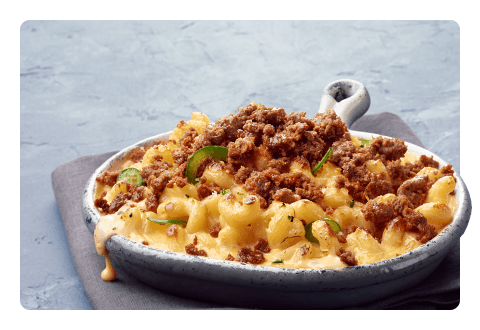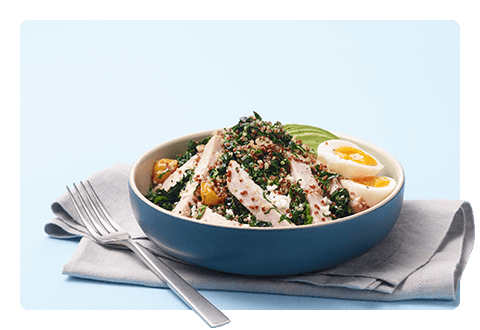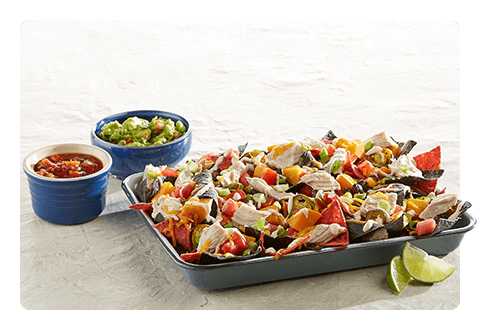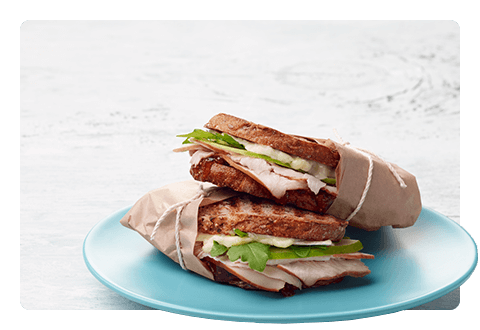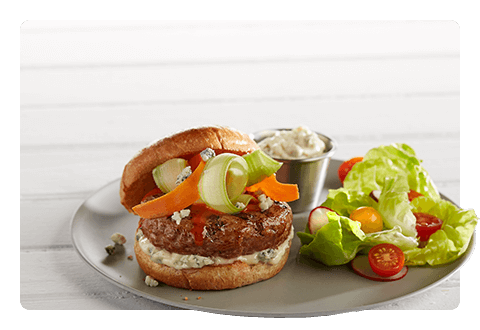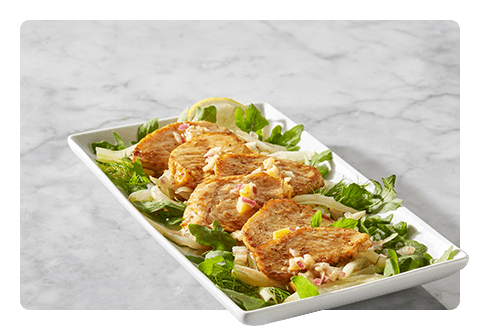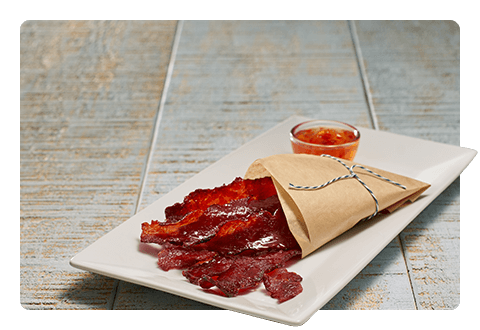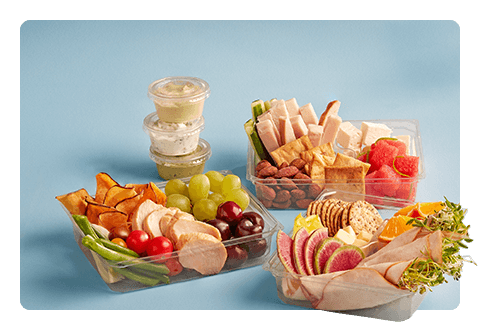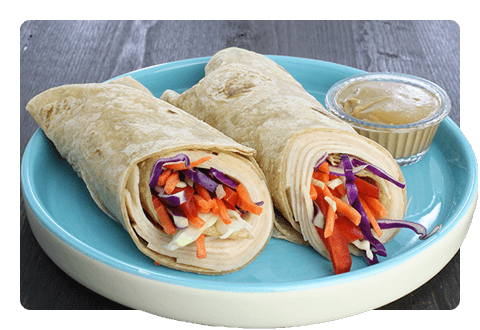A Restaurant’s Guide to Contactless Payment
July 2020
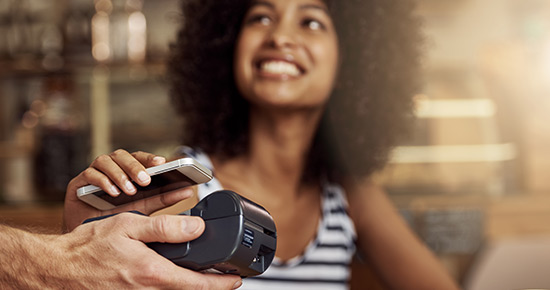
Contactless payment has emerged as an integral part of reopening safely following the onset of COVID-19. While adopting a no-cash policy helps to create a hygienic, touchless experience, it’s a trend that’s been growing for years. In 2019, credit cards and payment apps made up roughly 80% of payments, and this number will likely continue to increase. With the CDC recommending Americans avoid using cash during errands, restaurants are reevaluating their transaction methods.
Going cash-free allows operators and employees to better use their time. For instance, staff no longer have to balance tils, go to the bank or arrange a bag pickup service. It also minimizes the risk of theft and human error and allows for quicker transactions. In 2016, Sweetgreen implemented a cashless payment system which enabled them to process 15% more sales per hour. Digital transactions also promote the use of mobile payment and loyalty program apps.
The best form of contactless payment depends on the type of restaurant. Tap-to-go and digital wallets are better suited for fast casual operations, while payment apps are useful for dine-in guests. At chains such as Chick-fil-A, Chili’s and KFC, customers can use Apple Pay—which allows diners to pay safely and easily with their iPhones. These electronic payments don’t require a complicated setup. Processing apps, like Square and Clover, are designed for iPhones or iPads that allow people to swipe their credit cards. Patrons don’t even need a physical card with mobile apps, such as Venmo, PayPal and OneDine Consumer App. These are ideal for food trucks and pop-up stalls, but traditional restaurants can also adopt them for greater convenience.
While a cashless system has many advantages, it also has its disadvantages. Critics argue that it’s unfair to people who don’t have credit cards or bank accounts, populations that range from the homeless to those under 18 and identity theft victims. Going completely mobile also runs the risk of alienating customers who would rather use dollar bills. In cities such as San Francisco and New York City, businesses are prohibited from this practice. As a workaround, many restaurants say they “prefer” cashless payment or urge patrons to choose delivery to limit interactions. Still, 70% of consumers favor paying with card.
Contactless transactions help to ensure customer and employee safety while improving efficiency. In this digital age—and one where touchless solutions are in demand—a paperless model is practical, although operators should still consider accepting cash for those who need to use it. Convenience and thorough sanitation will encourage diners to return, as they’ll still be looking for reassurance within the initial phases of reopening. Adopting one of the many cash-free methods delivers a comfortable experience to staff and visitors by removing unnecessary touchpoints.
Does your operation accept contactless payments? Let us know on Facebook or LinkedIn. Look through our Resource Center to see what’s trending.
SOURCES
Campbell, Graham. Pros and Cons of a Cashless Restaurant Business, Modern Restaurant Management, April 2020.
Neukirchner, Linda. Are Cashless Restaurants the Future?, OneDine, March 2020.
Racharla, Ravi. Four Simple Ways to Integrate Contactless Solutions in Your Restaurant Reopening Strategy, Modern Restaurant Management, June 2020.
Saxena, Jaya. Restaurants Are Encouraging Cashless Pay in Attempt to Limit Exchange of Germs, Eater, March 2020.

